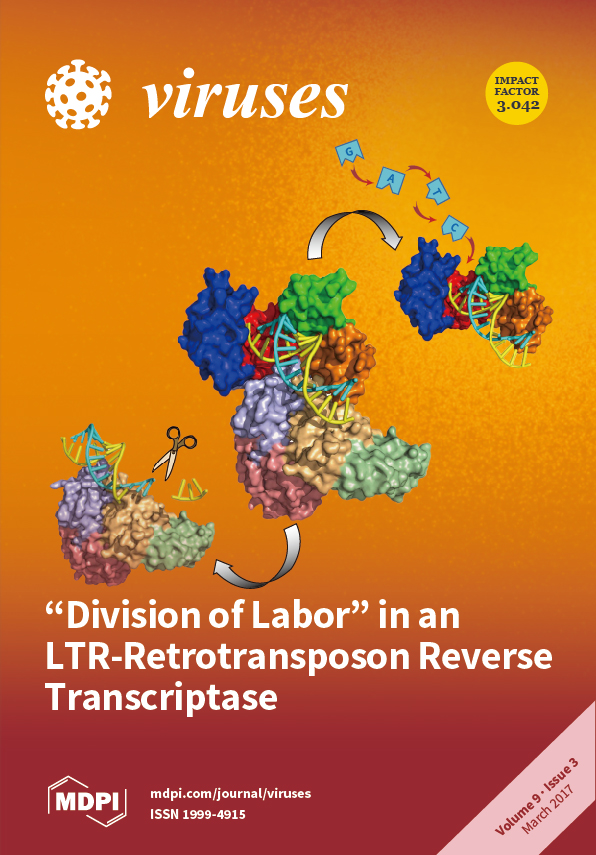Effects of elevated
pCO
2 on
Emiliania huxleyi genetic diversity and the viruses that infect
E. huxleyi (EhVs) have been investigated in large volume enclosures in a Norwegian fjord. Triplicate enclosures were bubbled with air enriched with CO
2 to 760 ppmv
[...] Read more.
Effects of elevated
pCO
2 on
Emiliania huxleyi genetic diversity and the viruses that infect
E. huxleyi (EhVs) have been investigated in large volume enclosures in a Norwegian fjord. Triplicate enclosures were bubbled with air enriched with CO
2 to 760 ppmv whilst the other three enclosures were bubbled with air at ambient
pCO
2; phytoplankton growth was initiated by the addition of nitrate and phosphate.
E. huxleyi was the dominant coccolithophore in all enclosures, but no difference in genetic diversity, based on DGGE analysis using primers specific to the calcium binding protein gene (
gpa) were detected in any of the treatments. Chlorophyll concentrations and primary production were lower in the three elevated
pCO
2 treatments than in the ambient treatments. However, although coccolithophores numbers were reduced in two of the high-
pCO
2 treatments; in the third, there was no suppression of coccolithophores numbers, which were very similar to the three ambient treatments. In contrast, there was considerable variation in genetic diversity in the EhVs, as determined by analysis of the major capsid protein (
mcp) gene. EhV diversity was much lower in the high-
pCO
2 treatment enclosure that did not show inhibition of
E. huxleyi growth. Since virus infection is generally implicated as a major factor in terminating phytoplankton blooms, it is suggested that no study of the effect of ocean acidification in phytoplankton can be complete if it does not include an assessment of viruses.
Full article






